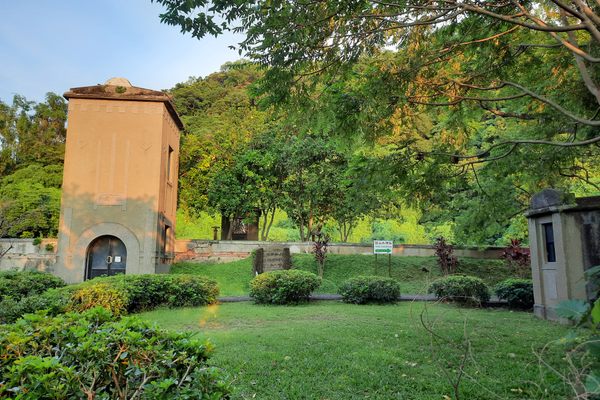About
The Rheinsberg Nuclear Power Plant (in German: Kernkraftwerk Rheinsberg or 'KKW Rheinsberg') was commissioned in 1956 as East Germany's first commercial nuclear reactor, using Soviet technology and designed through cooperation between East German and Soviet engineers.
The nuclear plant was intentionally hidden deep in the Brandenburg forest in an area chosen for its low population density. The exact location of the plant, and the existence of the railway leading to it, was kept a tight secret.
Nearing the end of its intended lifespan and unable to meet new West German safety standards, the nuclear plant was taken offline after German reunification in 1990. The dismantling of the facility began in 1995. As one of the first nuclear power plants in Germany to be deconstructed and decontaminated, Rheinsberg became a test case for the scientific nuclear community. Every step of the process has been carefully documented in photos and films.
The control room and much of the technical infrastructure has been preserved just as it was during its heyday, and can be visited on a tour guided by former employees of the plant.
The tour also includes a presentation on the monumental task of deconstructing the plant's highly radioactive reactors and disposing of several tones of nuclear waste. It is a surprisingly captivating story involving political protests, secret trains in the middle of the night, and radioactive reactor components hidden in disguised commercial trucks.
Related Tags
Know Before You Go
Tours usually take place on Wednesdays and must be arranged in advance through the email listed on the website. Tours are free of charge but are conducted in German, although some English translations may be possible.
The nuclear power plant is best reached by car, although its natural setting also makes it a pleasant hiking or cycling destination from Rheinsberg, about an hour and a half away from Berlin by train.
Community Contributors
Added By
Published
July 16, 2021






















